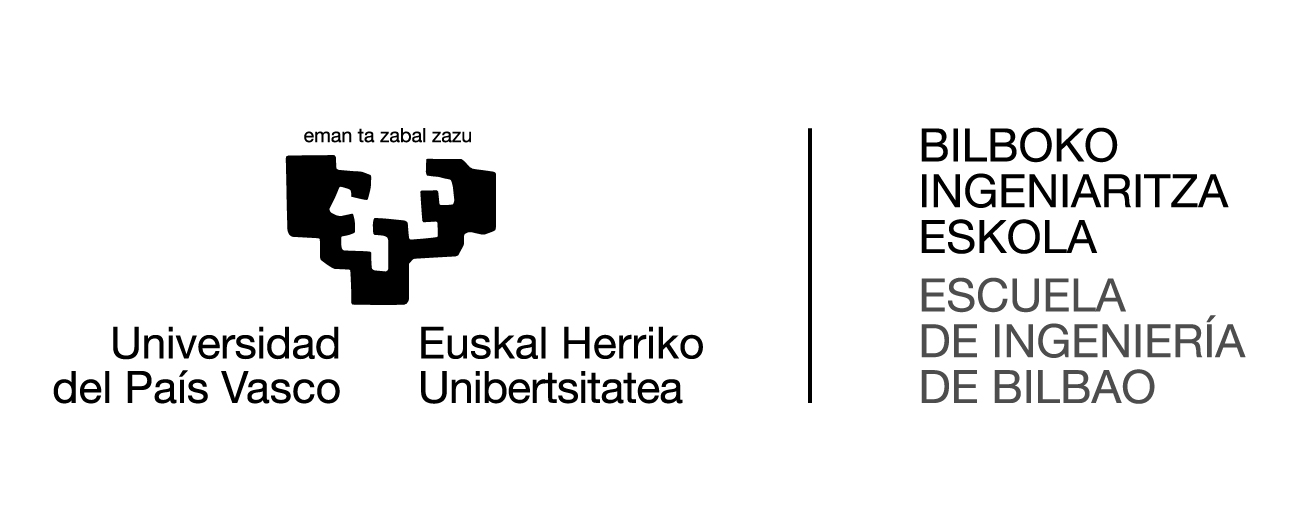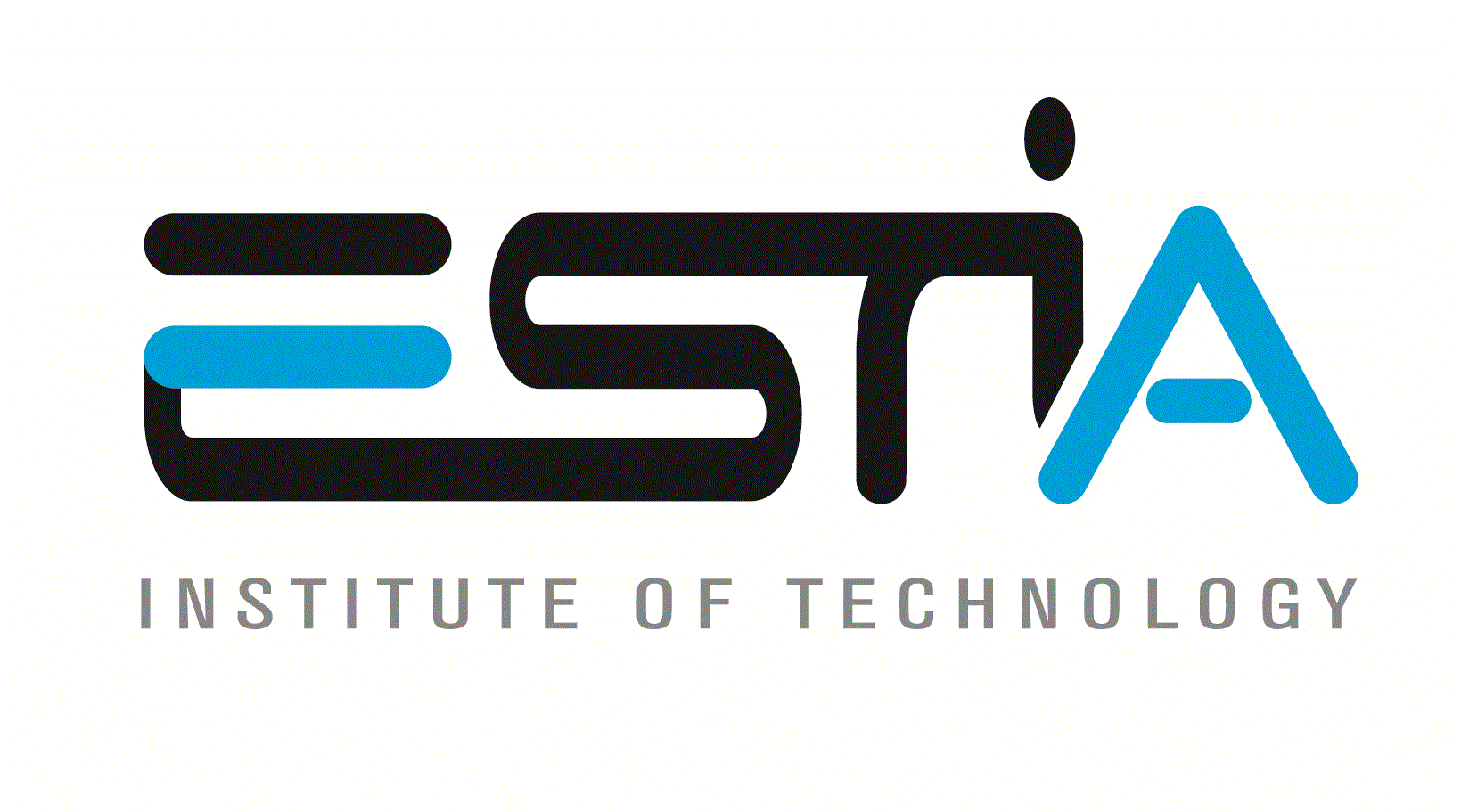
banner top

Ph. D. Thesis
Vienna rectifier: contributions to the electric vehicle charging system
- Doctoral student:
- Iker Aretxabaleta Astoreka
- Year:
- 2021
- Director(s):
- Iñigo Martínez de Alegría
- Description:
Manufacturers have opted in recent years for electric vehicles, along with social, political and scientific agents. Its main objective is to reduce greenhouse gas emissions, as 28 % of greenhouse gas emissions come from the transport sector. The fact that there is a society increasingly aware of these aspects reinforces this idea and increases the investments to on this path. The most important features to improve from the point of view of users, both current and future, are the autonomy of the vehicles, the time of charge of the batteries and the price of the vehicle. All of them are characteristics that are constantly improving and the electric vehicle market is increasingly accessible from most users. In a few years, batteries are expected to multiply their capacity, significantly reduce charging times and significantly reduce vehicle prices (favoured by lower battery prices). To achieve these goals, thousands of engineers and scientists worldwide are working, ensuring a promising future for electric vehicles and therefore the entire planet. Currently, part of the energy consumed in the power grid has a reactive component that forces companies in charge of generating energy to generate an ineffective power reagent. In the future, it should be ensured that all the energy consumed from the grid is active power, that is, converters with unity power factor should be used in the input stages of the grid. The standards and regulations that define how energy consumption should be done are increasingly going harder to achieve this goal.
In this context, the aim of this thesis is to improve the input rectifier that participates in the electric vehicle charging system, where the most important characteristics to meet are the unitary power factor, high efficiency and the possibility of working at high switching frequencies. This last point has been mainly included to improve power density. For this purpose, silicon carbide (SiC) components have been used, since their characteristics allow very fast, compact and efficient systems. In this thesis, when we talk about the charging system of electric vehicles, we will consider that these are systems that can operate at high levels of power. In addition, by not knowing the future location of these rectifiers, importance has been given to improving power density. Therefore, it has been considered necessary to paralelize semiconductor components and work at high switching frequencies. One of the objectives of the document is to find a solution to the possible problems that these characteristics generate in topology, where contributions will be proposed to improve the rectifier Vienna 6-switch. Finally, all contributions proposed for the topology Vienna 6-switch will be tested independently, both through simulation and experimental. In the end, a design will be made that combines all the proposals to test them in each bench.








